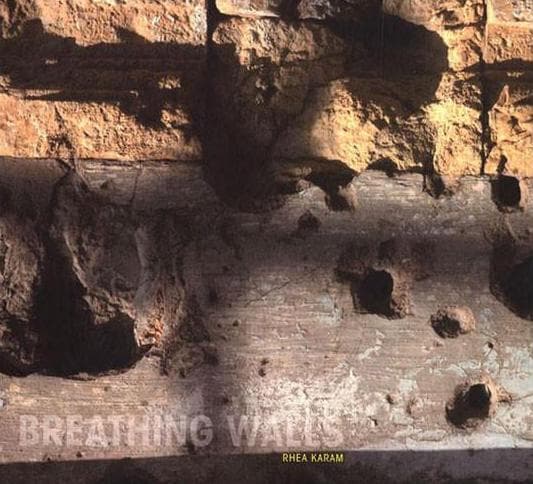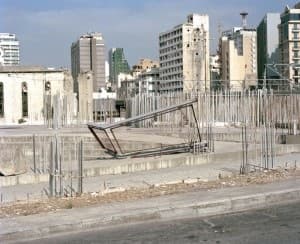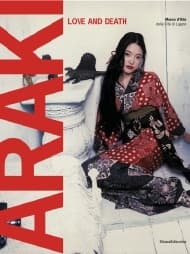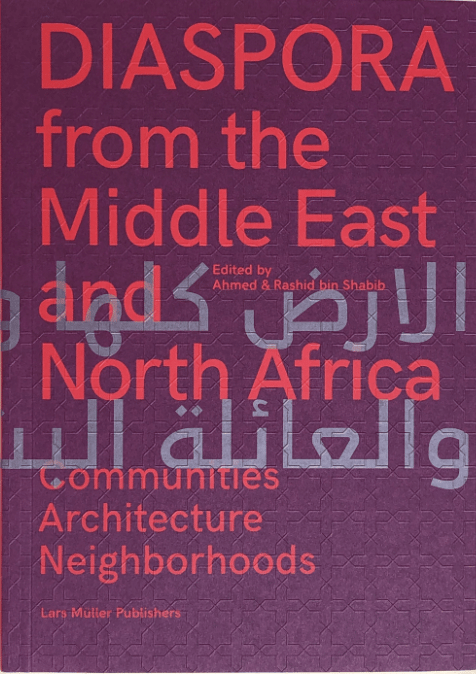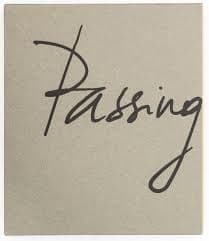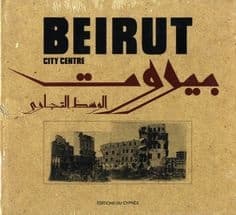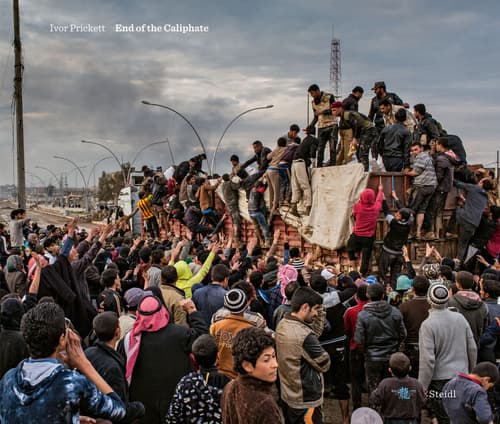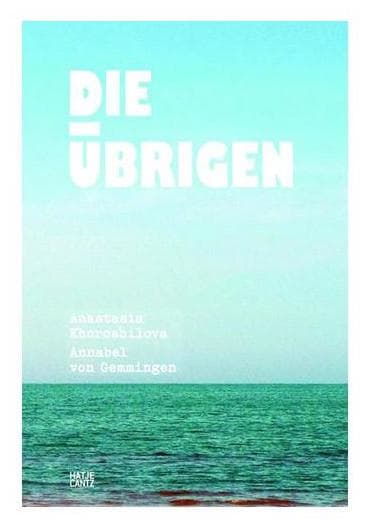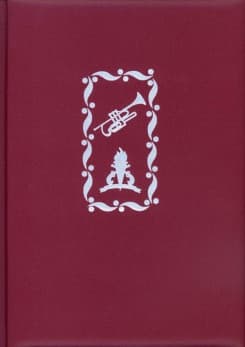Notes
Self-published
Publisher Note
“By definition, walls are barriers. They can also act as windows to the conflicts engulfing their surroundings. In times of strife walls offer a means of communication and self-expression for members of all social and religious communities. They have proven themselves an effective tool in establishing dialogue between suppressed voices and opinions by offering a canvas or soapbox for the oppressed. The Berlin Wall and The Peace Lines Walls of Northern Ireland are but just two examples. They are storytellers--absorbing and reflecting their surroundings--and becoming silent witnesses to our lives and battles.
When I roam through the city of Beirut and its neighboring villages I cannot help but feel these murals of cement speak to me. Shouting, aggressing my line of sight, sometimes making me smile, prompting a thought, creating an emotion, definitely engaging me in some way; forcing a reaction. I am not able to ignore their imposing presence. Their silence -deafening at times- echoes the city’s many suffocated voices and draws out an undercurrent of tension.
It is perhaps because I have not grown up in Lebanon that they affect me in this way. The local population, familiar to the point of obliviousness, do not often notice them, moving them to the back of their minds with all of the other mundane objects of everyday life. Whether it be political propaganda posters, stencils of young graffiti artists, textures of walls still carrying memories of the war, people have become immune, or perhaps they have chosen to move on.
I am often asked why I photograph Beirut as a ghost town and have omitted human form from my images. Today, urban landscape has made walls part of our natural habitat. They represent as much life as a tree or a flower and have become just as important a presence in our everyday life. They define where we walk, the directions we take, the spaces we choose; they protect us and provide us with shelter and privacy. They lead a double life, sharing our most intimate secrets on the inside and being exposed to the world on the outside. They are life: they breathe, they interact, they evolve.
As a photographer I felt the necessity to document these ephemeral testimonies of life as a record of an important period in Lebanon’s modern history (2007-2009). Only through my lens could I reproduce the reality of these transient walls. My hope is that these images evoke emotions in my viewers, and speak to them about the importance of observing their surroundings with a critical eye. In Lebanon, to find beauty in a cracked wall is to understand history; to see beauty in a graffiti wall is to understand the power of self-expression; and to see beauty in a wall that tells a tale is to understand the power of the brushstroke. I hope this series of images will one day stand as an archive illuminating a story of progress.”
| Publisher | self-published |
|---|---|
| Release Place | Lebanon |
| Edition | 1st edition |
| Release Date | 2009 |
| Credits |
Artist:
|
| Identifiers |
ISBN-13:
9789953015590
|
| Work | |
|---|---|
| Subform | Photobook |
| Topics | Asia, Beirut, Civil War In Lebanon, Culture And Society, Lebanon, Middle East |
| Methods | Photography |
| Language | English |
| Object | |
|---|---|
| Format | Hardcover |
| Dimensions | 30.0 × 34.0 cm |
| Interior | |
|---|---|
| Pages | 168 |
featured in
Beirut – the photobookslast updated 1402 days ago
Data Contributor: Artphilein Library, Choisi Bookshop
Created by ArtphileinLibrary
Edited by edcat, ArtphileinLibrary
